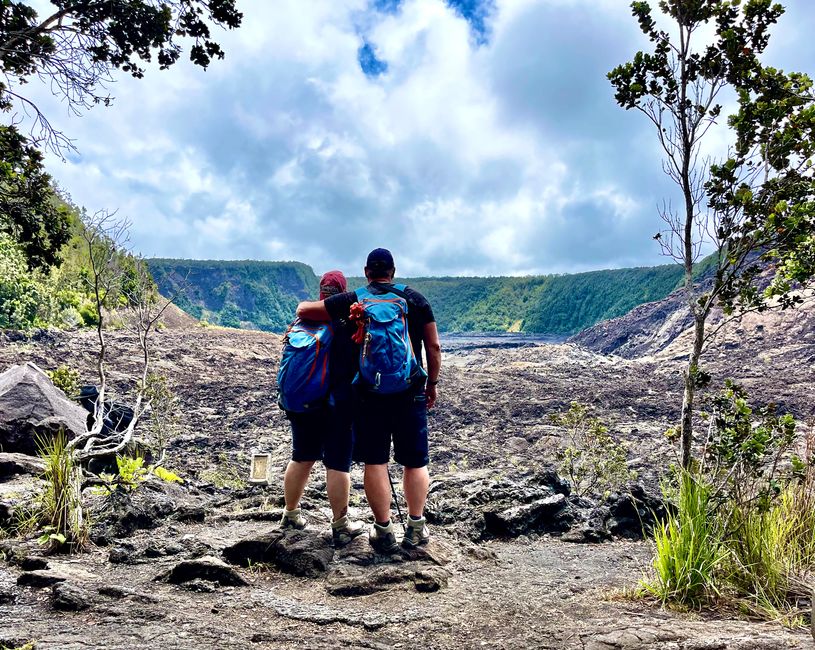Nothing-powerful day versus speechlessness
Avaldatud: 26.08.2023
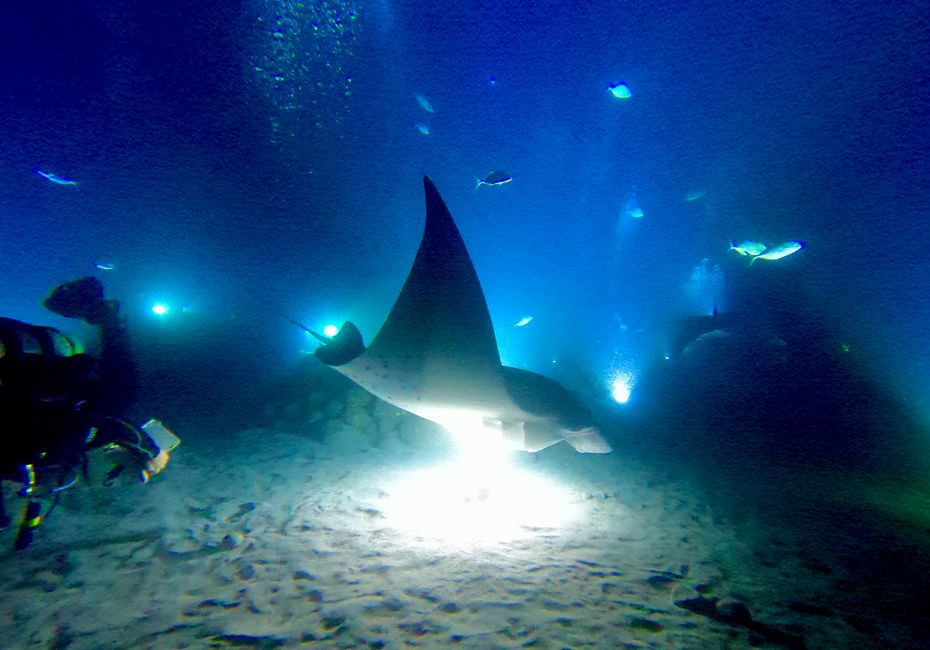
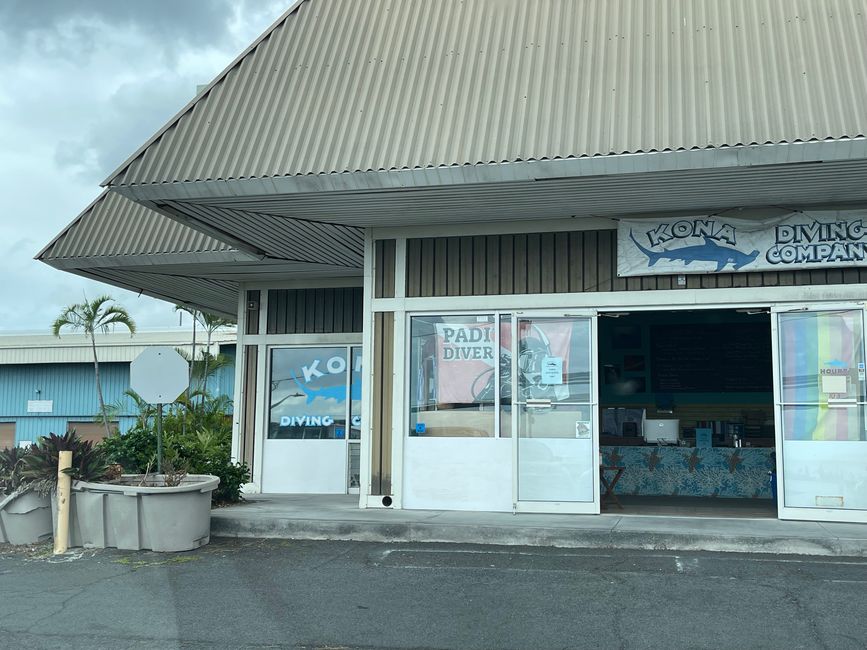
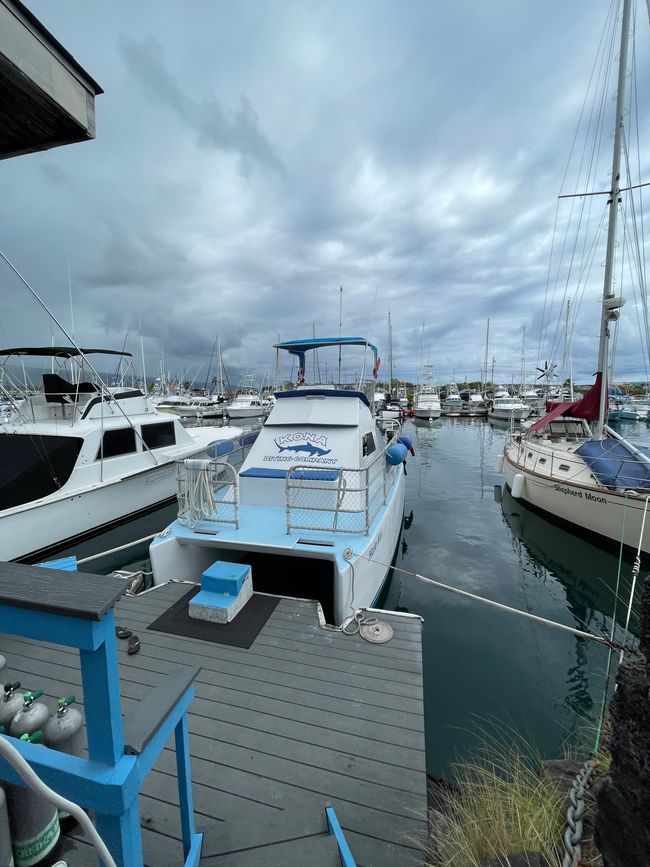
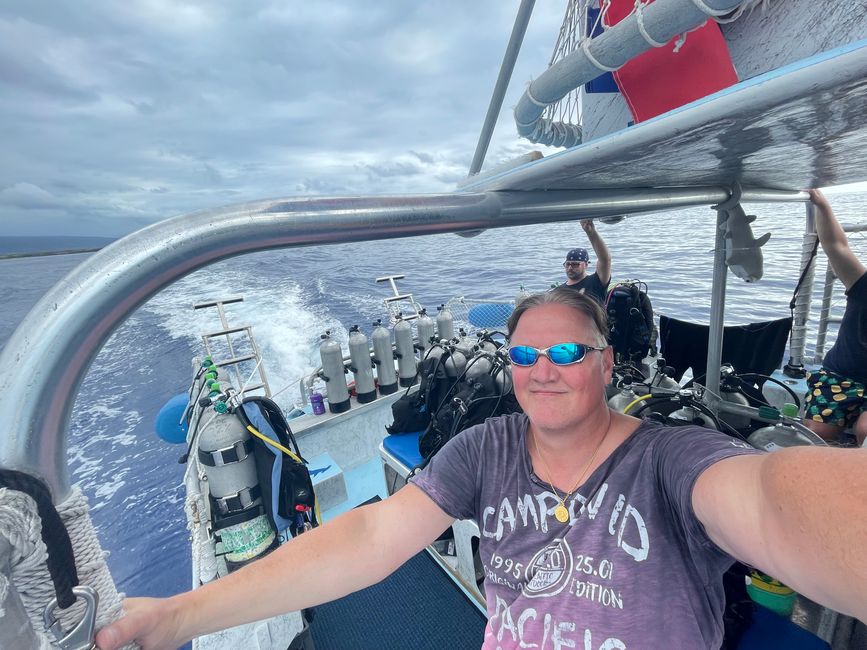
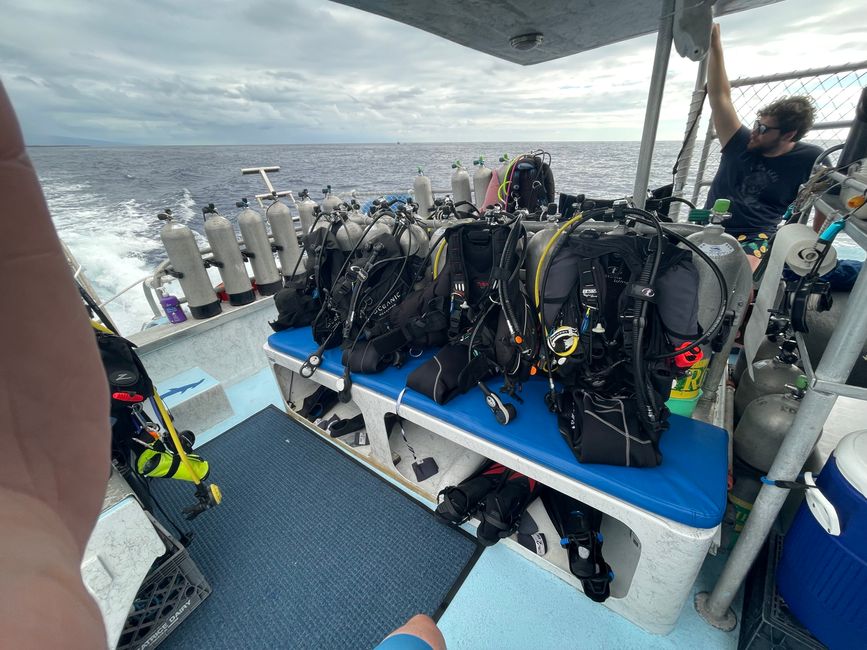
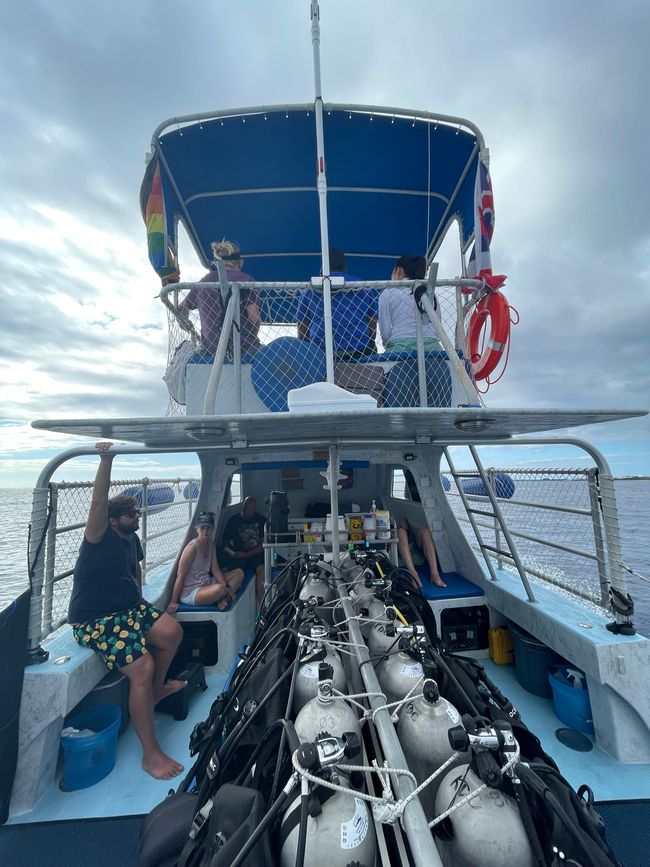
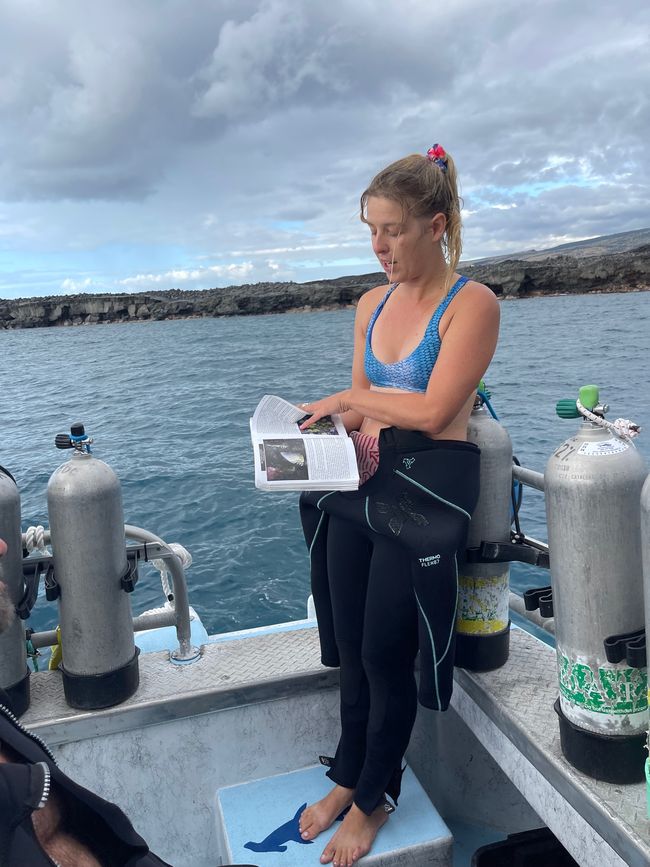
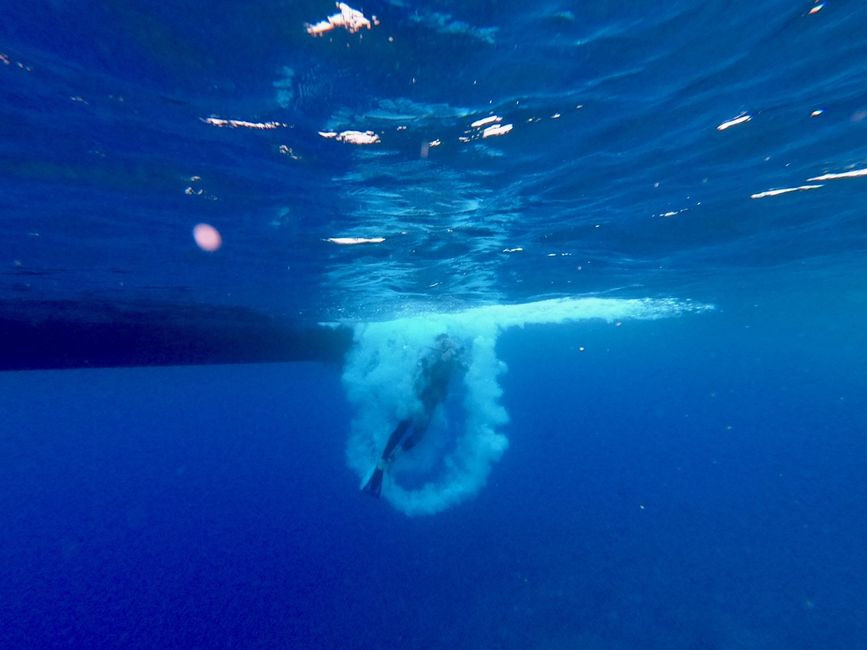
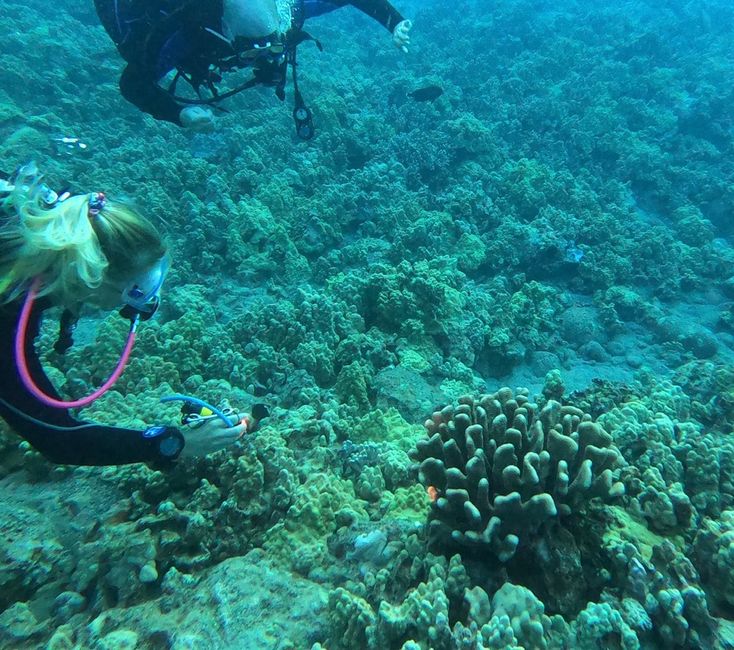
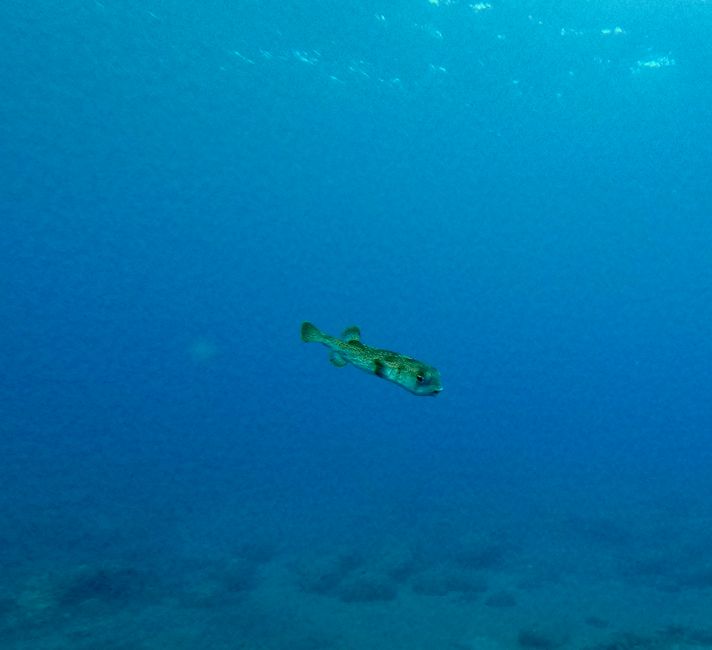
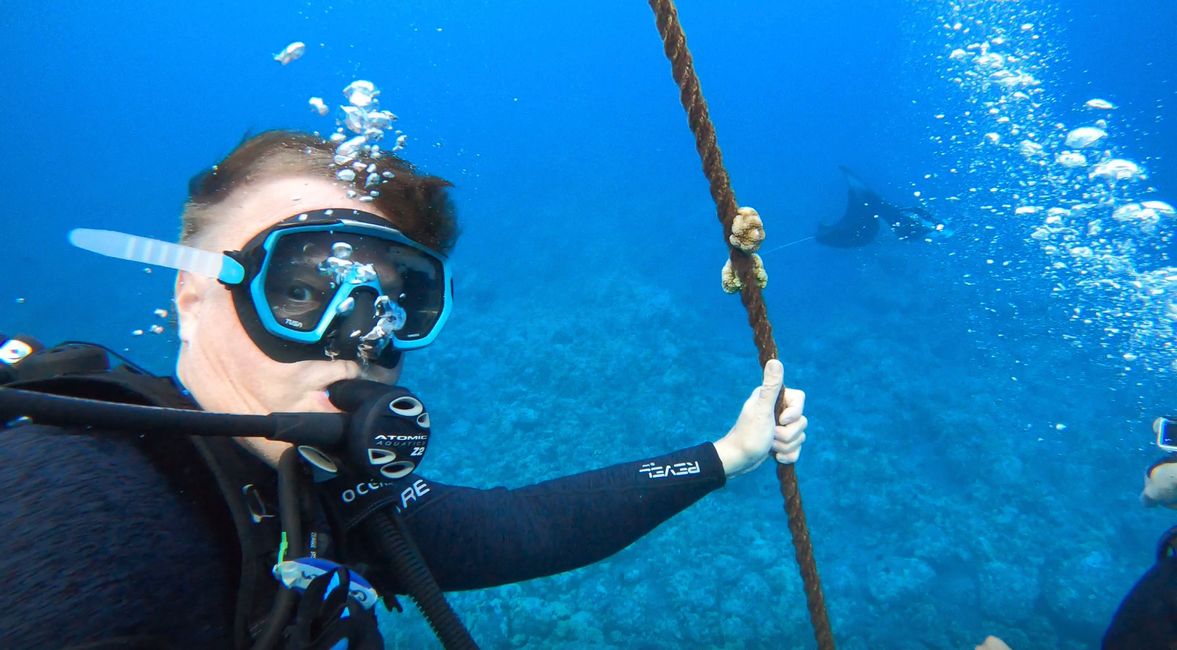
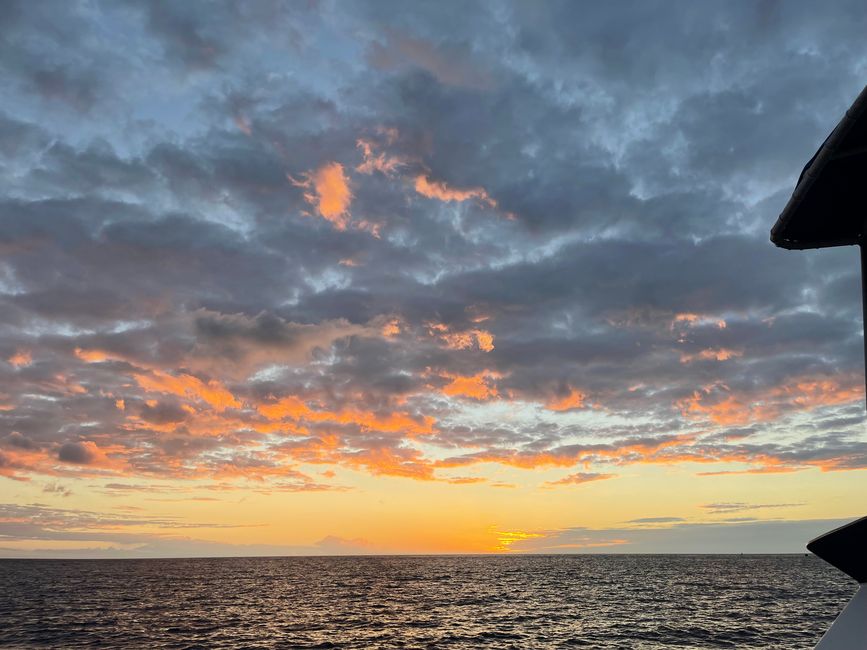
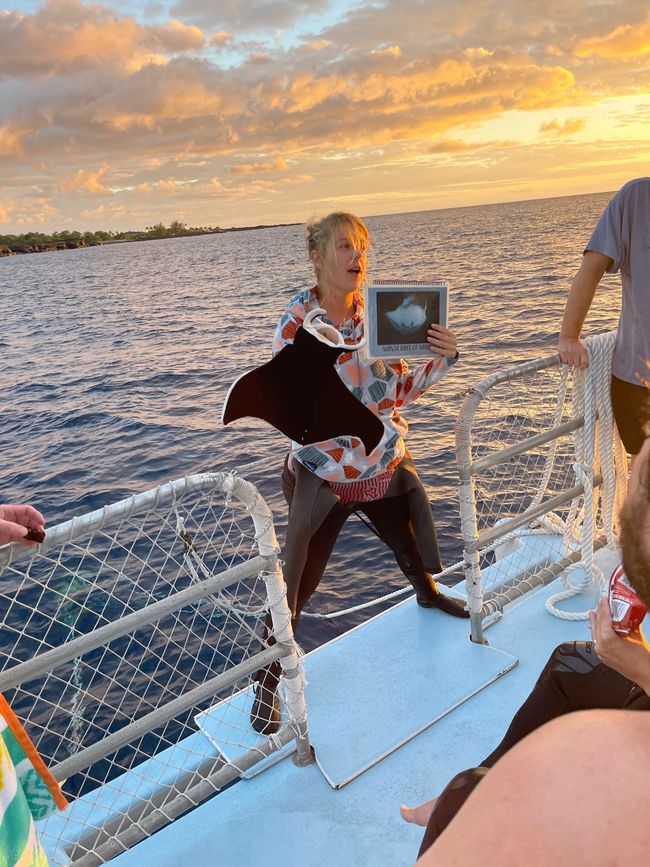
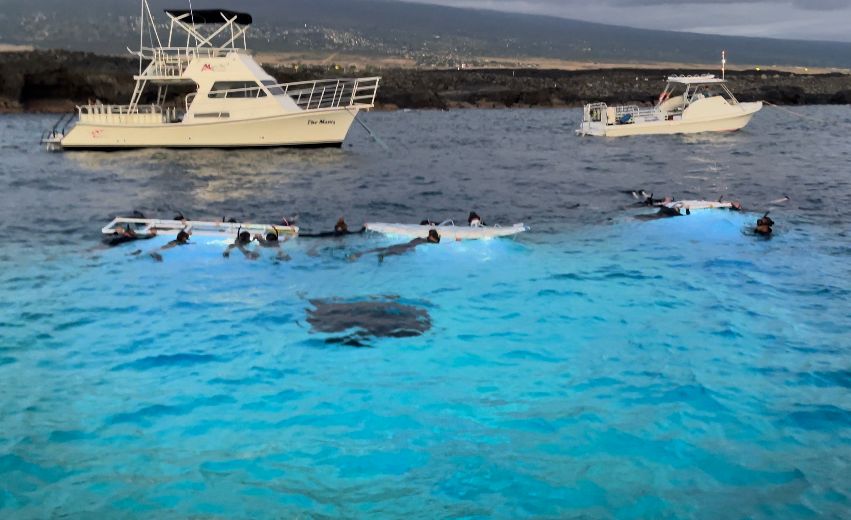
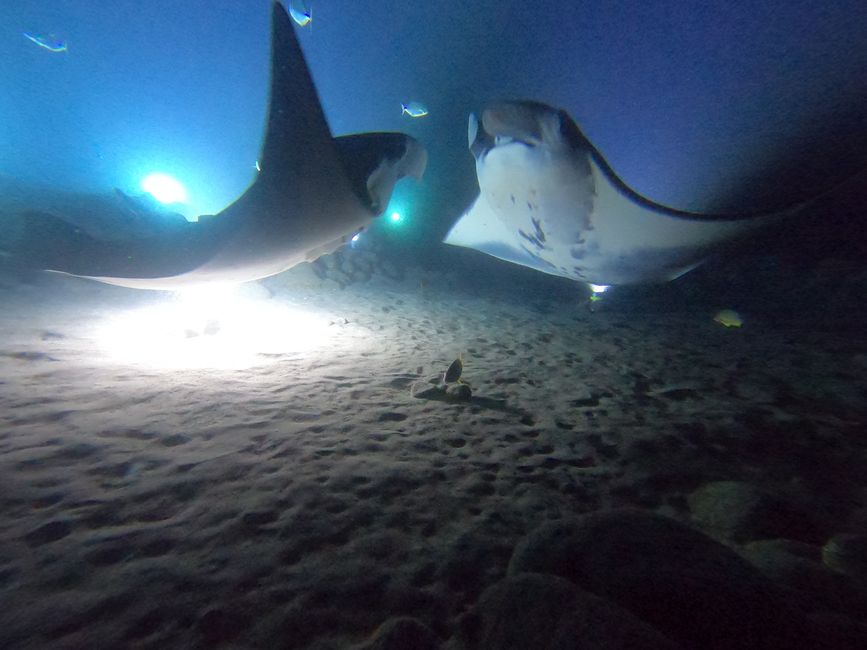
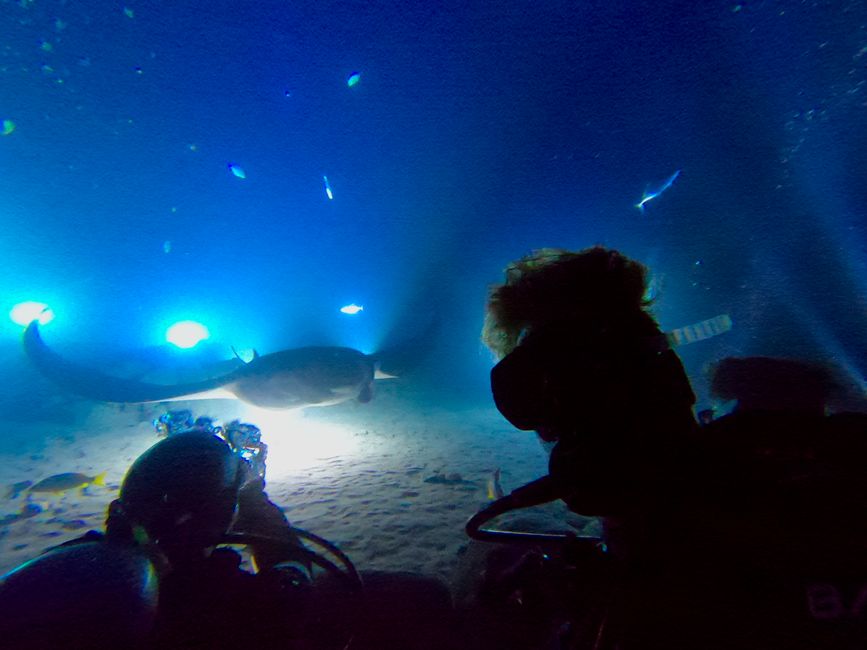
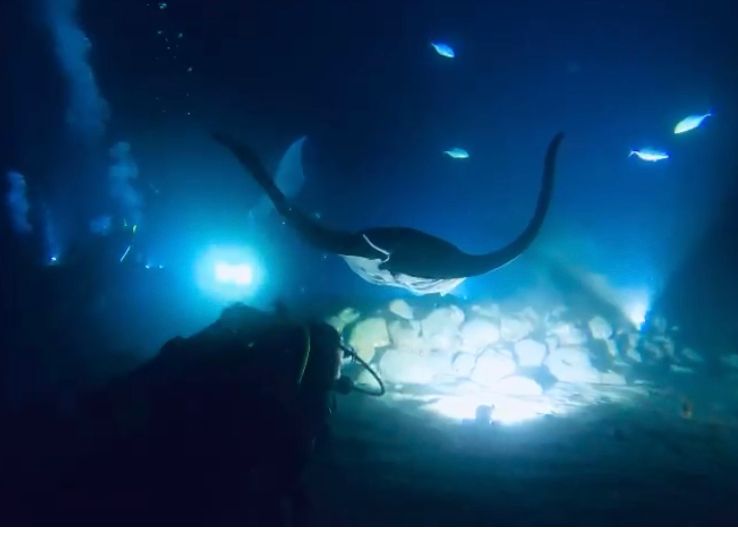
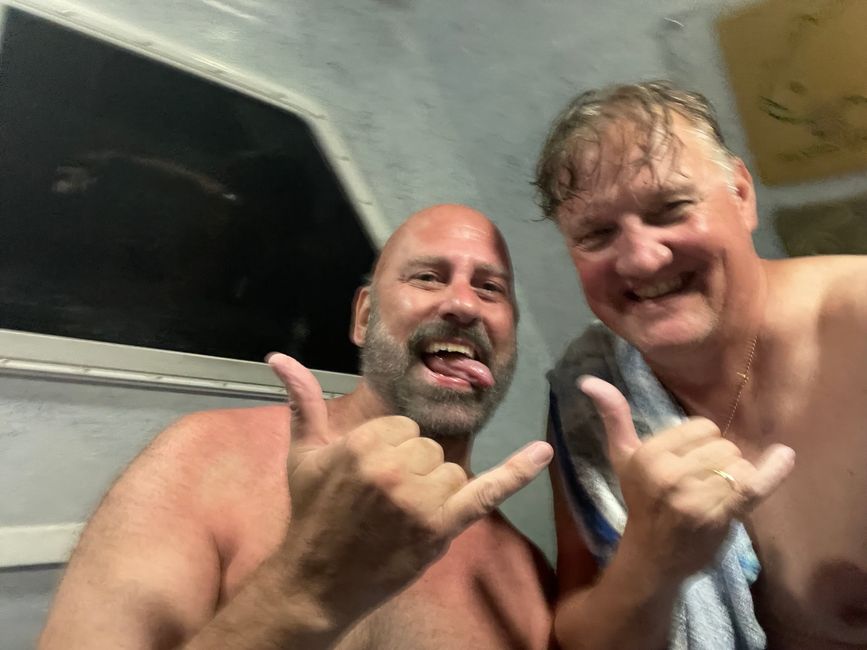
Telli uudiskiri
Today is my no-good day. After a fantastic night in a big comfortable bed and a delicious breakfast on the balcony, I have the rest of the day all to myself from half past two. From then on, Schahaatz is gone for his Christmas present from 2 years ago (or was it 3??? - it doesn't matter) and I enjoy the day in my own way. Squatting in pajamas all day long, reading something, writing a blog, taking an afternoon nap and enjoying one or two colourless, tasteless, non-tingling cold drinks - just chilling out.
With Shahaatz it looks completely different. When he comes back he is speechless.
Why? This is what Shahaatz tells you chronologically about his Christmas gift experience:
The journey gets a bit hectic again, despite a reminder in the calendar I get bogged down with preparations. Do I have everything? Camera, batteries, diving license, booking documents, check… then off we go. Off onto the highway, into the afternoon traffic.

And of course there is a traffic jam on the highway, but it only stretched a short distance at the beginning of the 10km drive, so I managed to check in at the diving school base on time, a good start in the end. At the reception there are two Germans who have been running the Kona diving company since 2017. Before that, you had already run diving schools in some beautiful places on this planet. I complete the formalities and receive information about the berth of the Hale Kai, our diving boat.

Arrived at the boat, a warm hello and a safety briefing on the boat itself, which our Captain Jason carried out. The boat trip that followed was quite funky.


Seven other divers accompany me on board.

Arrived at the diving spot, briefing No. 2, this time for the first 60 minute dive at a depth of 18-20m. Trixie, the diving guide for my four-man team, explains what we will see, or rather could see. And then it's time to put on your clothes and go.

The first dive, more meditative than exciting, leads to the later night dive site and surrounding areas. So we can watch the whole thing in the light, where it will later be pitch black. I'm having a bit of trouble with my lead. Either Trixie didn't have my weight (10 kg) correctly in lbs. converted or I have more buoyancy than expected 😏. Shawn, my future dive buddy, has the same problem but while I'm trying to tare with my breathing, Shawn cleverly just packs a few rocks in his vest.
Here and there we see a few colorful fish and also a puffer fish (I missed the scorpion fish).

During the safety stop at the anchor line we also see the first manta ray as it circles us. However, we are of no interest to him because we are bigger than a golf ball 😜.

Then get out of the water, time to warm up and strengthen yourself. There are soft drinks, noodle soup, brownies and granola bars.

Meanwhile, Trixie tells everything you need to know about manta rays on the front deck at sunset.
facts
Both manta rays and stingrays are cartilaginous fish that belong to the same subclass. Manta rays are large, gentle sea creatures with wing-like fins and broad, flat bodies that feed on plankton and tend to live near the water's surface.
Stingrays have flat, diamond-shaped bodies, live close to the seabed, and have a venomous barb on their tail for self-defense.

By the time everyone had recharged their batteries, the sun had set. The third instruction follows, this time for the night dive. Handling the LED burner (diving lamp) and explaining how we recognize ourselves in the dark. Everyone gets a blue flashing light because we are the “blue diverse”. Meanwhile, more boats with snorkelers have moored around us.

They hold on to lighted platforms and surfboards. The light makes the plankton clearly visible and thus also attracts the manta rays.
Then we finally go back into the water, it's the darkest night. Each is equipped with an LED burner. The lights could also be used to attract the attention of the manta rays to motivate them to “fly over”. So if you dared, you should position the light pointing upwards on the side of your head. I definitely had to try that out. The diving guides lead us to the “campfire”, around which we arrange ourselves in a circle. The Campfire are two different sized stone circles, with bright lights pointing upwards.

And off we go, at the beginning there are four manta rays dancing around the lights and “breathing in” the plankton, later there are six.

What the manta rays do here is similar to a difficult couple's dance. Again and again the majestic animals dodge each other at the last moment while they inhale the plankton.
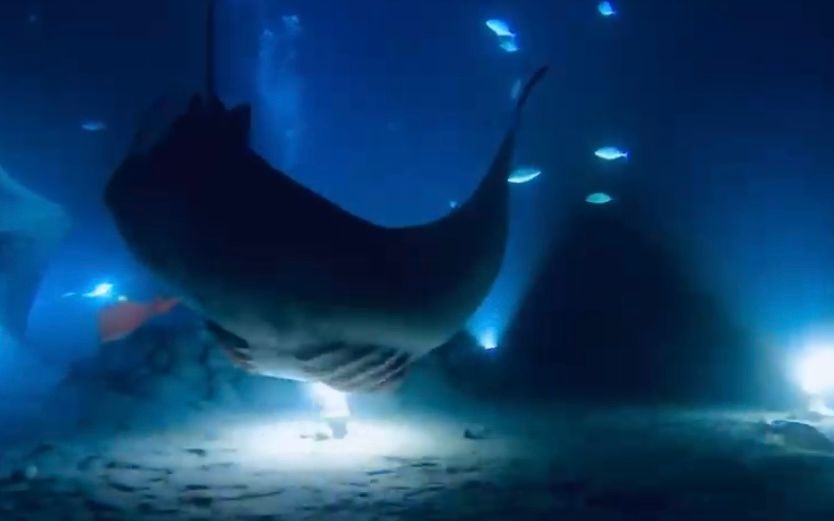
They float above our heads and around us. The light thing actually worked. The sight leaves me speechless, that doesn't happen often. We look at the spectacle for 45 minutes, then unfortunately we go back to the boat. In addition to the story with the manta rays, the night dive alone was impressive. After climbing out all the neoprene gear, a warm shower, a few snacks and drinks, we head back to the port.

During the return trip we share the moments we have experienced and photos with each other.
At the port you get the stamp and a few specs. into the dive log and then it's time to say goodbye.
On the way back I turn the music down very low.
What a great experience.
Telli uudiskiri
Vastus
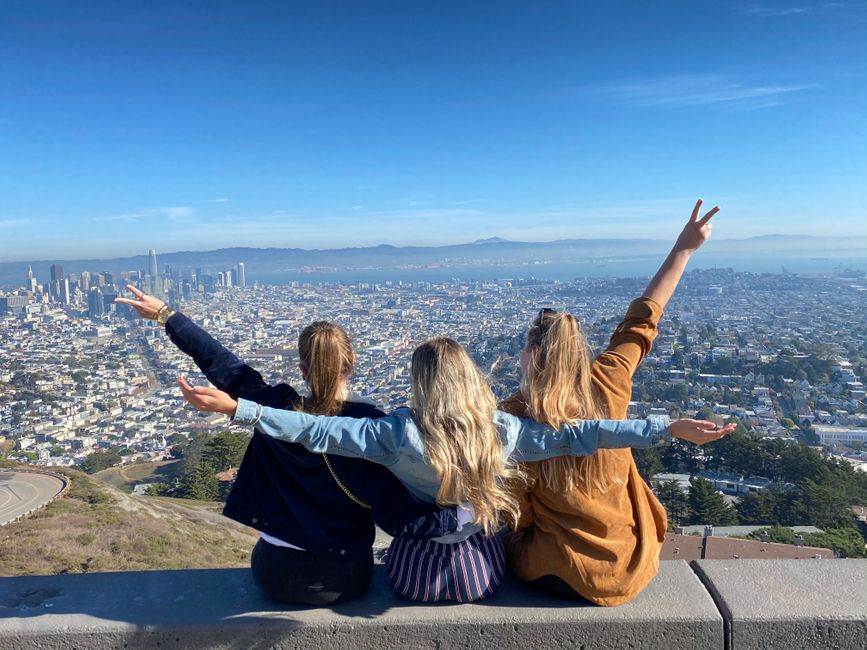
Reisiaruanded USA

